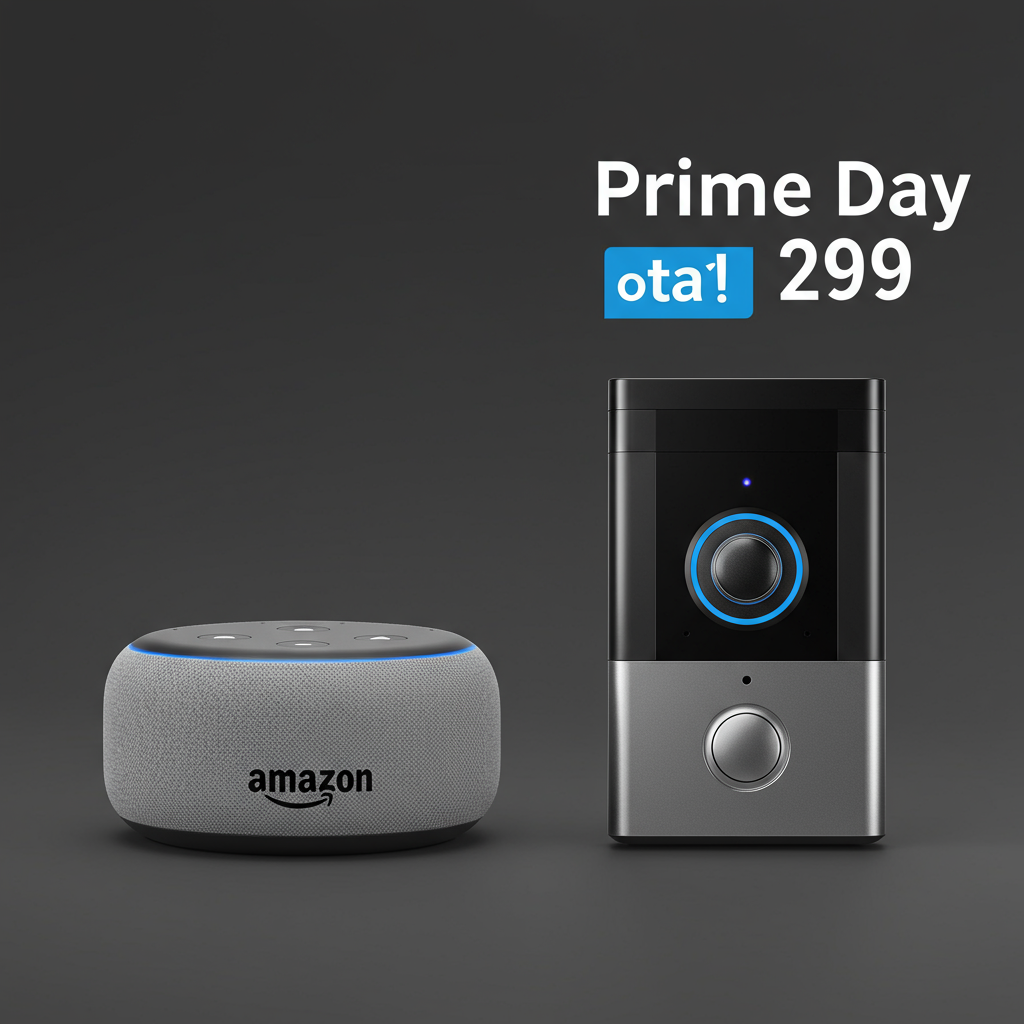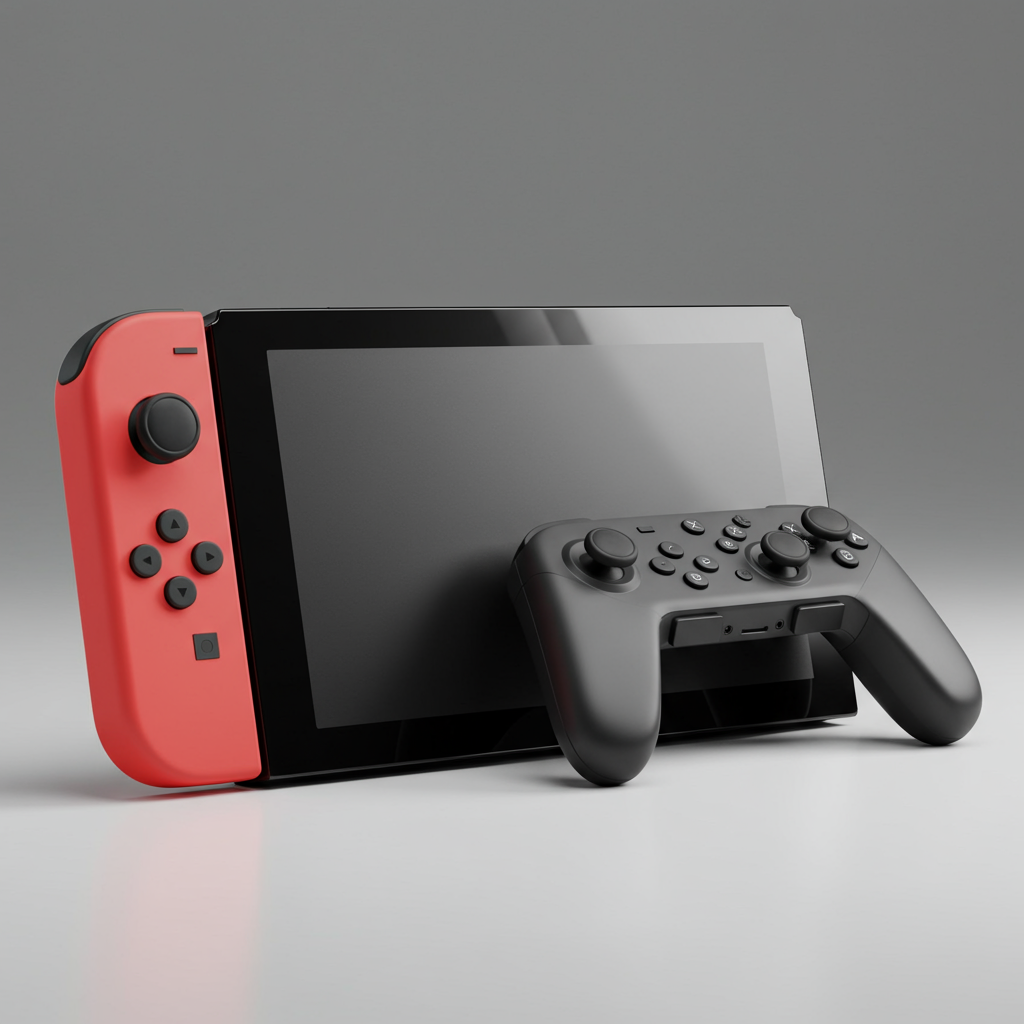The Nintendo Switch 2 has arrived, and it feels like a familiar friend who hit the gym and got a high-tech makeover. Earning an impressive 8.5/10 score and a coveted CNET Editors’ Choice award, Nintendo’s latest console isn’t a radical reinvention, but a significant refinement of the hybrid handheld concept that took the gaming world by storm. It delivers overdue hardware upgrades and design polish, yet its full potential, and whether it’s a must-buy right now, comes with a few notable caveats.
Based on extensive testing, the Switch 2 feels better, looks better, and is poised for big things, but existing Switch owners might find compelling reasons to wait.
The Best Handheld Graphics… For Now
Prepare for a surprise: the Nintendo Switch 2 currently boasts the best graphics on any handheld gaming device. Powered by a new custom Nvidia processor, it steps onto the bleeding edge of mobile graphics tech in a way Nintendo hardware typically hasn’t. While it won’t challenge a PS5 or Xbox Series X on your big screen, early ports like Cyberpunk 2077, Street Fighter 6, and Yakuza 0 show remarkable upgrades over their original Switch counterparts. These titles display notably improved resolution, graphics, and frame rates, often surpassing the handheld performance seen on devices like the Steam Deck.
Not only do new games benefit, but many existing Switch classics get a boost too. Games with uncapped frame rates, like Hyrule Warriors: Definitive Edition, now run at a solid 60fps. Others, like Splatoon 3 and The Legend of Zelda: Tears of the Kingdom, feel smoother and sharper thanks to free updates or the console’s raw power. Pokémon Scarlet and Violet, notoriously rocky on the original hardware, are reportedly “hundreds of times better” with a solid 60fps and higher resolution after their update. While the current library of native Switch 2 games is small, the console already makes your existing collection look and play better.
When docked, the Switch 2 can output up to 4K resolution at 60fps or 1080p/1440p at 120Hz on compatible TVs (though Variable Refresh Rate is not supported in docked mode). This makes it a significantly more capable TV console than competing handhelds like the Steam Deck.
Refined Design & Fantastic Hardware
The physical hardware is a joy to hold and use. The console retains the familiar tablet form but feels more mature and polished. It’s slightly larger than the Switch OLED but slimmer than PC handhelds. The 7.9-inch LCD screen is a clear upgrade over previous Switch displays, offering a higher 1080p resolution, HDR support, and a 120Hz Variable Refresh Rate (VRR) in handheld mode. While it lacks the vibrant contrast and deep blacks of an OLED panel (making HDR effects less dramatic), the increased size, resolution, and fluidity are welcome improvements. The bezel is still a bit thick, though.
The Joy-Con 2 controllers are beefier and feel more substantial, featuring improved HD Rumble 2 haptics for more nuanced vibrations. The most talked-about change is the magnetic attachment mechanism. It provides a satisfying click and sturdy connection, requiring a deliberate squeeze of a trigger button to detach – a welcome change from the original’s rails, although some reviewers note a potential for accidental detachment. Disappointingly, initial teardowns suggest the thumbsticks may still lack Hall effect components, raising concerns about the potential for drift down the line, though Nintendo has confirmed free repairs if this occurs.
Other notable improvements include a much sturdier, U-shaped kickstand (though some found the Switch OLED’s full-panel stand more secure), louder and fuller built-in speakers with better angling for 3D audio, and the addition of a second USB-C port on the top, allowing tabletop play while charging. The included dock is also improved, featuring better ventilation and an Ethernet port, a boon given some reports of slow download speeds on the console.
New Features: GameChat, Game Share, Mouse Mode & More
The “Switch” name hints at transformation, and the Switch 2 builds on this with intriguing new features, even if their full potential isn’t realized at launch.
GameChat: A built-in audio and video chat function, accessible via a new ‘C’ button on the right Joy-Con. It supports up to 12 players for voice chat or 4 for video/gameplay sharing (which requires a separate USB-C camera). The built-in noise-canceling microphone is surprisingly effective, even described as “astonishingly good” by some, successfully blocking game sounds and room noise. While video quality can be hit-or-miss and requires a camera accessory (sold separately), GameChat is a significant step up from the original Switch’s clunky phone app requirement.
Game Share: A promising feature allowing two Switch 2 consoles to play a single copy of a supported game locally. Currently limited to a handful of titles like Donkey Kong Bananza, it hints at possibilities for localized streaming or easier family play, potentially even extending to phones or tablets in the future, but its implementation is currently minimal.
Mouse Mode: Both Joy-Cons feature an optical sensor allowing them to be used as mice, tracking movement on various surfaces. While technically impressive and working reliably, its comfort for prolonged use and meaningful game implementations are currently limited, primarily showcased in the paid launch tech demo, Nintendo Switch 2 Welcome Tour. Upcoming games like Metroid Prime 4 Beyond are expected to utilize it.
Camera Integration: Plugging in a USB-C camera (like Nintendo’s own sold-separately wide-angle option) allows users to appear in GameChat or overlay their face in certain games (Mario Kart World includes this). While fun, it feels more like a gimmick awaiting broader software support.
Virtual Game Cards: A new digital rights feature allows lending digital games to family members for two weeks, or transferring use between two consoles on the same account. While the lending is appreciated, Nintendo has removed the previous ability to play games on multiple consoles under one account simultaneously while on Wi-Fi, a step back in convenience.
The Launch Library: Potential Over Power
The launch lineup for the Switch 2 is competent but lacks a single, console-defining “killer app” that immediately justifies the upgrade for everyone. The exclusive launch title, Mario Kart World, is fun with chaotic 24-player races and an open-world map, but many feel it’s more an evolution than a revolution, and doesn’t entirely eclipse Mario Kart 8 Deluxe on the original Switch.
Other launch titles include enhanced ports like Cyberpunk 2077: Ultimate Edition, Street Fighter 6, and Hogwarts Legacy. These games run significantly better than on the original Switch and look impressive in handheld mode, showcasing the console’s technical muscle, but often still fall short of their PS5/Xbox/PC counterparts in terms of visual fidelity on a TV. The paid Nintendo Switch 2 Welcome Tour serves as an interactive demo but is controversial for not being included free.
The true excitement lies in the future library. Upcoming titles like Metroid Prime 4: Beyond, Pokémon Legends Z-A, Donkey Kong Bananza, and potentially Hollow Knight: Silksong promise to push the hardware further. Access to a selection of GameCube classics via the Nintendo Switch Online + Expansion Pack is a nostalgic bonus (currently limited to titles like Wind Waker, Soul Calibur II, and F-Zero GX, requiring an extra subscription and potentially a separate controller), but not a system seller on its own. For now, playing your existing Switch library with improved performance and visuals is a major draw, but the console desperately needs new, groundbreaking first-party exclusives – new Zeldas, Marios, and bold new ideas – to fully feel like a must-have successor.
Current Drawbacks: Battery & Storage
The two biggest elephants in the room for the Switch 2 are battery life and storage expansion.
Battery Life: This is the most significant limiting factor. In demanding games, expect only around two to three hours on a single charge. This is noticeably worse than both the original Switch and the Steam Deck OLED model. This sacrifice for increased performance is reminiscent of the transition from the Nintendo DS to the 3DS, which also initially suffered from poorer battery life. For families or those who frequently game on the go, this is a major consideration. Recharging isn’t particularly fast either, often taking over an hour. While a setting allows capping the charge at 90% to prolong battery health, the core issue remains.
Storage: While the console boasts a much larger 256GB of internal storage (a huge leap from the original’s 32GB), modern game sizes have ballooned dramatically (Cyberpunk 2077 is ~60GB, Split Fiction is ~69GB). The internal storage can fill up surprisingly fast, especially with a large digital library or just a few new AAA ports. Expanding storage requires microSD Express cards, a newer, faster format that is currently expensive and hard to find. Standard microSD cards are not compatible. This creates a bottleneck right now, though availability is expected to improve over time. If you plan on buying digital games, a storage card feels like a necessity, adding to the overall cost.
Is It Worth Upgrading or Buying Now?
For newcomers to the Nintendo ecosystem, the Switch 2 is an excellent starting point. You get a far more capable piece of hardware than the original, capable of playing almost the entire existing Switch library (often with improvements) and positioned for future titles.
For existing Switch owners, it’s a tougher call. You get noticeably better graphics and a more polished, comfortable design (for most, though some still found the Joy-Cons uncomfortable). But you trade battery life and face an immediate storage bottleneck with expensive/rare expansion cards. The launch software doesn’t entirely showcase the console’s power, leaving the sense that you’re buying into potential rather than a fully realized next generation. Many reviewers, including the original author, suggest waiting a year or longer for the game library to mature, for battery life to potentially be optimized in future games, and for microSD Express cards to become more available and affordable.
When compared to PC handhelds like the Steam Deck, the Switch 2 wins on current handheld graphics performance, its slimmer design, higher-resolution screen (albeit LCD), the unique hybrid form factor with detachable controllers and mouse mode, and Nintendo’s unparalleled library of first-party exclusives. The Steam Deck offers better battery life (on the OLED model), more versatile controls (trackpads, analog triggers), an open and customizable OS, and access to a vast PC game library. It’s a close contest, and the choice depends heavily on your priorities, but the Switch 2 currently holds a slight edge for its unique blend of power and portability married to Nintendo’s magic.
The Future Unfolds
The Nintendo Switch 2 is an impressive piece of hardware that delivers on its promise of being a better, more powerful Switch. It feels great to use, makes games look fantastic (especially in handheld mode), and sets the stage for exciting possibilities with its new features and increased power. While the current drawbacks of battery life and storage expansion are significant, and the launch library doesn’t fully demonstrate its capabilities, it’s undeniably the premier hybrid handheld console on the market today. It’s not the perfect* Switch 2, but it’s the one here now, and its journey has just begun.



